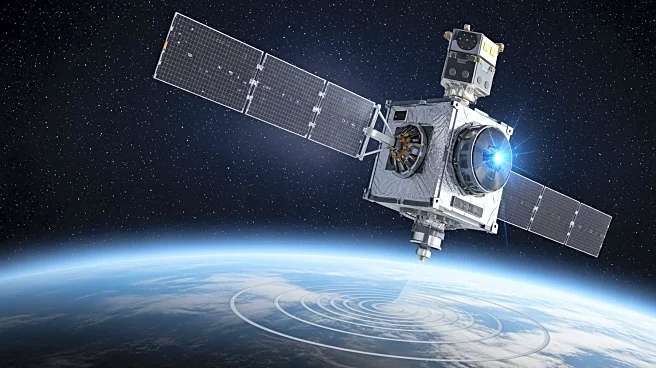What's Happening?
In July 2025, a powerful 8.8 magnitude earthquake struck off the coast of Russia's Kamchatka Peninsula, triggering a tsunami with waves traveling over 400 mph. This event led to the evacuation of millions,
including two million in Japan. Notably, the tsunami created atmospheric ripples that interfered with global satellite navigation signals. NASA's Guardian system, enhanced with artificial intelligence just a day prior, detected these disturbances, allowing scientists to identify the tsunami in real-time. This marked a significant advancement in tsunami detection, providing crucial early warnings to affected regions.
Why It's Important?
The ability to detect tsunamis in real-time through atmospheric disturbances represents a major breakthrough in disaster preparedness. This technology could significantly reduce the loss of life and property by providing earlier warnings, allowing for timely evacuations. The Guardian system's success highlights the potential of integrating AI with existing technologies to enhance natural disaster detection. This development could lead to broader applications, such as monitoring other natural phenomena or even detecting nuclear tests, thereby improving global safety and security.
What's Next?
The success of the Guardian system in detecting the Kamchatka tsunami may lead to its wider adoption and further development. Governments and international agencies might invest in similar technologies to enhance their disaster response capabilities. Additionally, the integration of AI in monitoring systems could expand to other areas, such as earthquake prediction or climate change monitoring. Stakeholders, including policymakers and scientists, will likely explore collaborations to refine and implement these technologies on a global scale.











